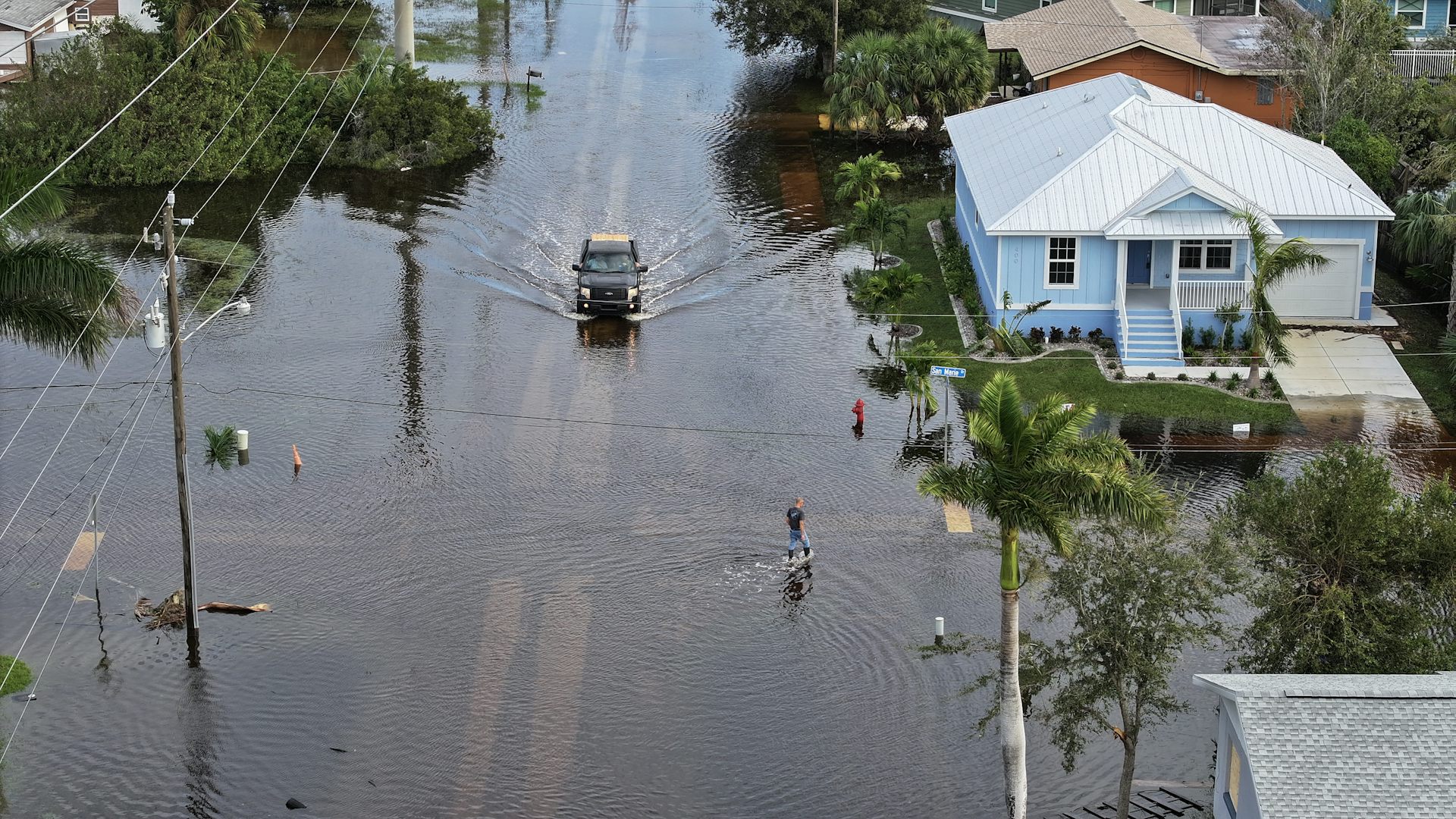The unraveling of workplace protections for delivery drivers: A tale of 2 workplace models
A first-of-its-kind study finds Amazon’s delivery drivers earn less and face more instability than their unionized counterparts.
American households have become dependent on Amazon.
The numbers say it all: In 2024, 83% of U.S. households received deliveries from Amazon, representing over 1 million packages delivered each day and 9 billion individual items delivered same-day or next-day every year. In remarkably short order, the company has transformed from an online bookseller into a juggernaut that has reshaped retailing. But its impact isn’t limited to how we shop.
Behind that endless stream of packages are more than a million people working in Amazon fulfillment centers and delivery vehicles. Through its growing dominance in retail, Amazon has eclipsed its two major competitors in the delivery business, UPS and FedEx, in terms of package volume.
What is life like for those workers? Between Amazon’s rosy public relations on the one hand and reporters’ and advocates’ troubling exposés on the other, it can be hard to tell. Part of the reason is that researchers like us don’t have much reliable data: Workers’ experiences at companies such as Amazon, UPS and FedEx can be a black box. Amazon’s arm’s-length relationship with the drivers it depends on for deliveries makes finding answers even harder.
But that didn’t stop us. Using unique data from the Shift Project, our new study, co-authored with Julie Su and Kevin Bruey, offers the first direct, large-scale comparison of working conditions for drivers and fulfillment employees at Amazon, UPS and FedEx based on survey responses by more than 9,000 workers.
What we found was deeply troubling – not only for Amazon drivers but also for the future of work in the delivery industry as a whole.
2 models, 2 realities
For nearly a century, driving delivery trucks has been a pathway to the middle class, as epitomized by unionized jobs at UPS. UPS drivers, who have been members of the Teamsters union for decades, are employees with legal protections and a collective-bargaining contract.
In contrast, Amazon has embraced a very different model. Most important is that Amazon does not directly employ nearly any of its delivery drivers.
Instead, its transportation division, Amazon Logistics, relies on two methods to deliver most of its shipments: Amazon Flex, a platform-like system that treats drivers like independent contractors, and Amazon DSP, a franchise-like system that uses subcontractors. DSP subcontractors are almost all nonunion, and the company has cut ties with DSP contractors whose drivers have attempted to unionize. These practices place downward pressure on the wages and working conditions of drivers throughout the industry.
The impact on workers is stark.
Delivery workers at Amazon receive significantly lower wages than at UPS and FedEx, we found. Wage gaps are especially large between the delivery workers at Amazon, who earn US$19 an hour on average, and the unionized drivers at UPS, who make $35.
We also found that unionized UPS drivers have a clear pathway to upward mobility, while Amazon drivers don’t. At UPS, wages increase sharply the longer a worker has been on the job. Pay starts at $21 an hour, reaching nearly $40 an hour for drivers who’ve been with the company for at least 10 years – which is more than half of them.
At Amazon, wages start at $17 an hour and don’t increase with tenure. Nearly half of workers have less than a year on the job.
Between lower wages, more unstable schedules, fewer benefits and limited protections from employment laws, Amazon drivers struggle to make ends meet. More than 1 in 4 told us they had gone hungry because they couldn’t afford enough to eat within the past month, and 33% said they couldn’t cover their utility bills. Compared to drivers at UPS and FedEx, Amazon drivers face significant financial instability.
On top of that, Amazon drivers face intense workplace surveillance and speed tracking – as do workers at the company’s fulfillment centers. Sixty percent of both types of Amazon workers received frequent feedback on the speed of their work from a technological device, and more than two-thirds said that Amazon monitors the quality of their work using technology. That degree of technological surveillance and tracking far outpaces what UPS and FedEx workers told us they were exposed to, representing an extreme case of worker monitoring and performance assessment.
Using nonemployee drivers contributed to the exponential growth of Amazon as a package delivery company. In 2023, Amazon for the first time delivered more packages than UPS, making it the second-largest parcel carrier in the country – surpassed only by the U.S. Postal Service.
By building an online retail empire with the capacity to deliver the majority of its own shipments, Amazon’s expansion continues. UPS, by contrast, has seen drops in its revenues, stock value and market capitalization. Amazon’s sheer size and giglike approach are therefore changing industry standards, putting downward pressure on wages, benefits and job stability across the delivery sector.
The contrast between Amazon and UPS drivers isn’t just about two companies using different models for package delivery – it represents two competing futures for work. As the second-largest retail company and now largest private delivery company in the U.S., Amazon exerts market power that impacts the working conditions of workers beyond its own delivery drivers. Recent reporting indicates that UPS has been experimenting with using gig deliveries, much to the consternation of the union that represents three-quarters of its workforce.
In the post-World War II era, increasing unionization led to better wages and conditions across much of the economy, including nonunionized sectors. The continuing expansion of Amazon’s business model could signal the unraveling of wages, benefits and protections for working people more generally.
The authors do not work for, consult, own shares in or receive funding from any company or organization that would benefit from this article, and have disclosed no relevant affiliations beyond their academic appointment.
Read These Next
Deception and lies from the White House to justify a war in Venezuela? We’ve seen this movie before
Two US wars based on lies, in which tens of thousands of American troops and millions of civilians died,…
Understanding climate change in America: Skepticism, dogmatism and personal experience
Real skeptics study the evidence and ask questions, rather than taking political dogma on faith. Experiencing…
Resolve to stop punching the clock: Why you might be able to change when and how long you work
Thinking about what makes work worth doing and what you would do with your time if you weren’t spending…






